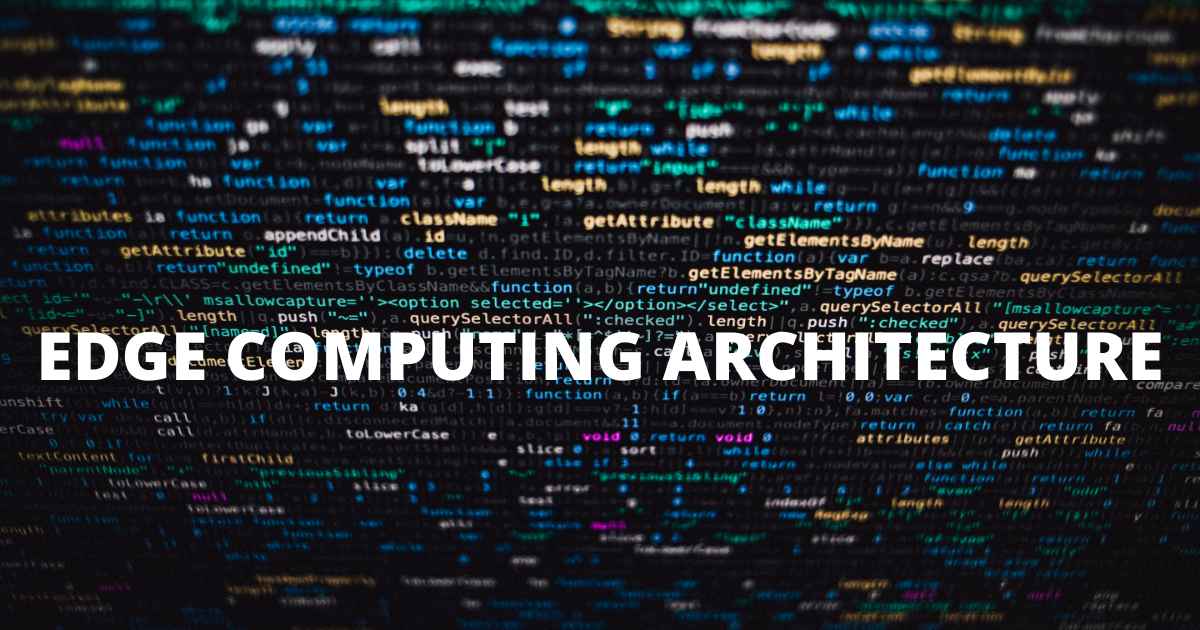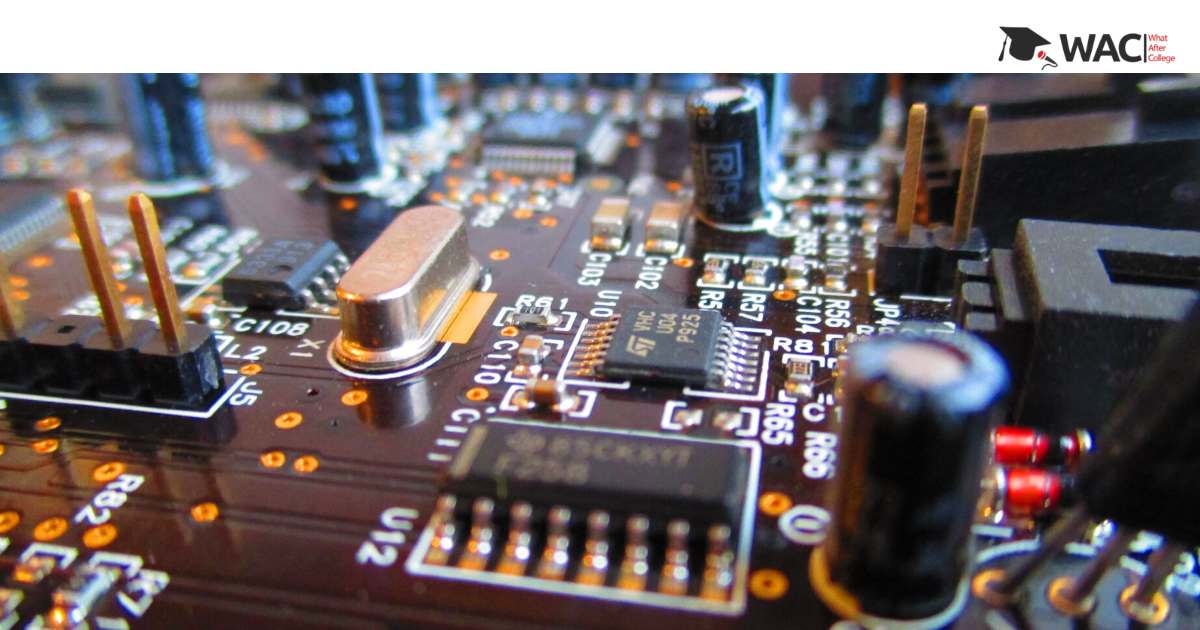Most of you are familiar with the deployment models in cloud computing, such as private, public, hybrid, and multi-cloud. Where do you think Edge fits in? Is Edge a new model? Or a part of a public or private cloud? is it a part of another architecture in a multi-cloud layer? Or is it something totally different? Edge has a different meaning for different people. Let’s bring about all the definitions together and define the edge computing architecture.
Edge Computing
Edge computing architecture helps by bringing data and applications close to the user. It has scattered IT architecture. Edge computing wants to meet end-user needs and expectations for faster response times. They do this by processing data closer to them.
Networking professionals have the ability to take advantage of an edge-computing architecture. This could be done by decentralizing data centers and actually locating them closer to end-users. Therefore, putting data and apps closer to the end-user edge. To support scattered offices and users, network professionals can install intermediary micro data centers. As well as servers at remote locations to imitate cloud services locally. Thereby improving app performance, response times, and data processing.
Edge Computing architecture can improve services to and for end-users as well as it can also conserve network resources. Edge computing, for instance, can decrease network latency and bottlenecks by offloading network traffic.
In short, The benefits of edge-computing architecture are many. But it, of course, has its challenges. Such as – security, licensing, and configuration problems. In a distributed architecture, since more devices and clients come together, the attack surface stretches, and hidden licensing costs may lurk.
The Architecture of Edge Computing
- Edge devices: The Edge and IoT devices run analytics, apply AI rules. The devices can handle the analysis without involving the Edge server. This is the first region of the Edge computing architecture. Driven by economic restrictions, an Edge device, particularly, has limited computing resources. Commonly seen Edge devices are with ARM or x86 class CPUs with one or two cores, 128 MB of memory, and maybe 1 GB of local storage.
- Edge servers: Edge servers’ work is to deploy apps to devices. They are in constant interaction with the devices. They do so by using agents installed on each of the devices. These Edge servers maintain a pulse on multiple devices. If something more than inference is needed, data from the devices is sent to the Edge server for further analysis. These are general-purpose computers located in a remote operations facility, like a factory, hotel, or bank. They could have 8, 16, or more cores of computing capacity, 16 GB memory, and several hundred GB of local storage.
- Edge Cloud: New networking technologies result in Edge Cloud or micro data center. It can be seen as a local cloud for devices to interact with. Telecommunication companies might refer to it as the Edge network. It lessens the distance that data from the devices must travel. Hence, it reduces latency and addresses bandwidth issues, especially with the arrival of 5G. This region also offers more analytical capacities and additional storage for analytical as well as data models.
- Enterprise hybrid multi-cloud: This region of Edge computing architecture offers the typical enterprise-level model storage & management. It also provides device management, and especially enterprise-level analytics and dashboards. This can be hosted in the Cloud or in an on-premise data center.
Wrapping Up
You will notice that Edge computing architectures are an extension of the Internet of Things architectures. It uses terms like operational technology. Particularly, you will see the Information Technology and OT environments merge. That is, the integration of the Internet, computers, and Wi-Fi access points into industrial networks. The change and merging of IT and OT technologies have the ability to deliver great value over the next years.

All you need to know about IoT
| Introduction to IoT | Career Options after IoT |
| IoT in Business Growth | How IoT works? |
| Future of IoT | Benefits of IoT |
| Disadvantages of IoT | Salary After IoT Course |
Learn IoT
| Top 7 IoT University/ Colleges in India | Top 7 Training Institutes of IoT |
| Top 7 Online IoT Training Programs | Top 7 Certification Courses of IoT |
Learn IoT with WAC
Other Skills in Demand
| Artificial Intelligence | Data Science |
| Digital Marketing | Business Analytics |
| Big Data | Internet of Things |
| Python Programming | Robotics & Embedded System |
| Android App Development | Machine Learning |

